
Constitution of India
A Miniature Sheet consisting of 2 nos. of postage stamp on the Indian Constitution :
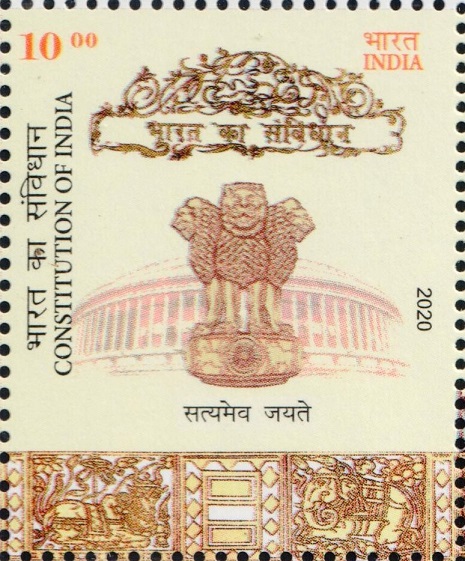
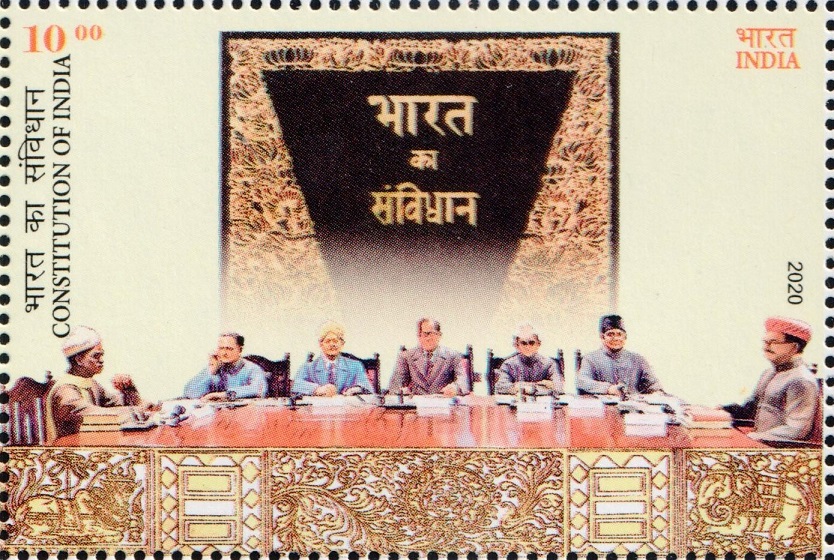
 Issued by India
Issued by India
Issued on Jan 26, 2020
Issued for : Department of Posts is pleased to issue a pair of se-tenant Commemorative Postage Stamps on the Constitution of India.
Credits :
Stamps/Miniature Sheet/FDC/Brochure : Ms. Gulistaan
Cancellation Cachet : Smt. Nenu Gupta
Type : Miniature Sheet, Mint Condition
Colour : Multi Colour
Denomination : 1000 Paise (2)
Stamps Printed : 500000 each
Miniature Sheet Printed : 110000
Printing Process : Wet Offset
Printer : Security Printing Press, Hyderabad
About :
- Constitution Day also known as ‘Samvidhan Divas’, is celebrated in our country on 26th November every year to commemorate the adoption of the Constitution of India. On 26th November, 1949, the Constituent Assembly of India adopted the Constitution of India, which came into effect from 26th January, 1950. On 19th November, 2015, the Union Ministry of Social Justice and Empowerment notified the decision of Government of India to celebrate the 26th day of November every year as ‘Constitution Day’ to promote among citizens, the values enshrined in our Constitution.
- 26th November, 2019 marked the 70th anniversary of the adoption of the Constitution of India by the Constituent Assembly. Beginning 26th November, 2019, year-long nationwide activities on Constitution Day were launched with the objective of publicizing the glorious and rich composite culture and diversity of our nation and creating awareness of Fundamental Duties as enshrined in the Constitution of India. Hon’ble Prime Minister of India, Shri Narendra Modi, urged all citizens to uphold the duties enshrined in the Constitution of India. As part of the year-long nationwide activities, Department of Posts would be bringing out Commemorative Postage stamps. The first such set on the theme “Constitution of India” will be released on 26th January, 2020.
- The Constitution of India was drafted by a Constituent Assembly elected under the Cabinet Mission Plan of 1946. The Assembly held its first meeting on 9th December, 1946, and elected Dr. Sachhidanand Sinha, the oldest member of the Assembly, the temporary chairman. On 11th December, 1946, the Assembly elected Dr. Rajendra Prasad its permanent Chairman. 299 members (including 15 women) of the Assembly took less than three years (1946-1949) to draft the Constitution. Out of the 299 members, 284 members actually signed the Constitution. The Constituent Assembly set up 13 committees for framing the Constitution including a Drafting Committee under the Chairmanship of Dr. B. R. Ambedkar. On the basis of the reports of these committees, a draft of the Constitution was prepared by the seven-member Drafting Committee.
- The Constitution of India was not typeset or printed but was handwritten and calligraphic in both English and Hindi. It was entirely handcrafted by the artists of Shantiniketan under the guidance of Acharya Nandalal Bose, a pioneer of modern Indian art who designed the border of every page of the Constitution. The pair of se-tenant stamps in the present issue feature the border from the Preamble of the Constitution. Shri Prem Behari Narain Raizada, a master of calligraphic art, handwrote the Constitution singlehandedly, a task that took him six months to complete. Each part of the Constitution begins with a depiction of a phrase or scene from India’s national history. The artwork and illustrations (22 in all), rendered largely in miniature style, represent vignettes from different periods of history of the Indian subcontinent, ranging from Mohenjodaro in the Indus Valley, the Vedic period, the Gupta and Maurya empires and the Mughal era to the national freedom movement. By doing so, Nandalal Bose has taken us through a veritable pictorial journey across 4000 years to rich history, tradition and culture of the Indian subcontinent. The original copies of the Constitution of India are kept in special helium-filled cases in the library of the Parliament of India.
- The Constitution of India is the foundational law which lays the basic political structure of our country. It establishes a parliamentary democracy and a republic with a federal structure. The Constitution of India embodies the vision and values of our founding fathers. It represents their thinking – social, political and economic ethos, faith and will. It defines the main organs of the Republic of India – the Executive, the Legislature and the Judiciary – and defines their powers and demarcates their responsibilities. It is the longest written Constitution in the world containing 395 Articles, 22 Parts and 12 Schedules.
- The people of India are the ultimate custodians of the Constitution. It is in them that sovereignty vests and it is in their name that the Constitution was adopted. The Constitution empowers the citizen, but the citizen too empowers the Constitution – by following it, by adhering to it, by protecting it and by persevering to make it more meaningful with words and deeds. The Constitution is nobody’s preserve – and it is everybody’s preserve.
- Text : Based on information received from the proponent.


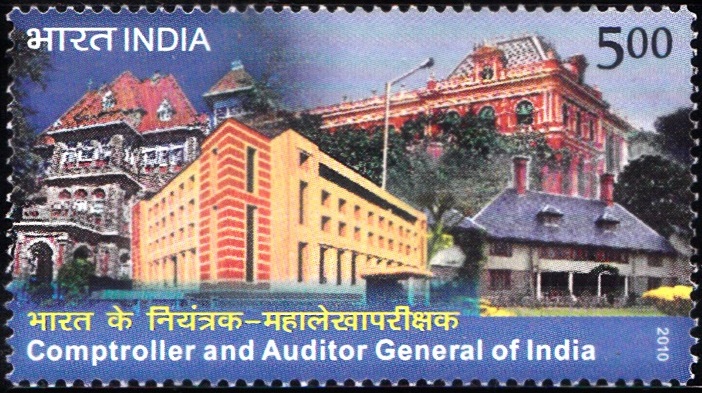
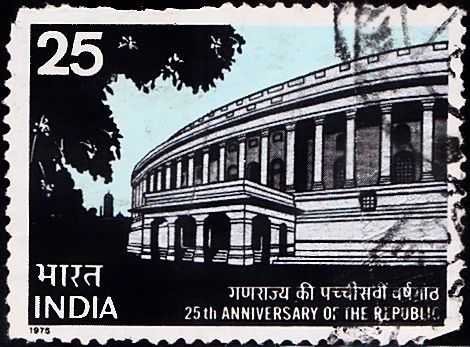
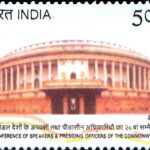
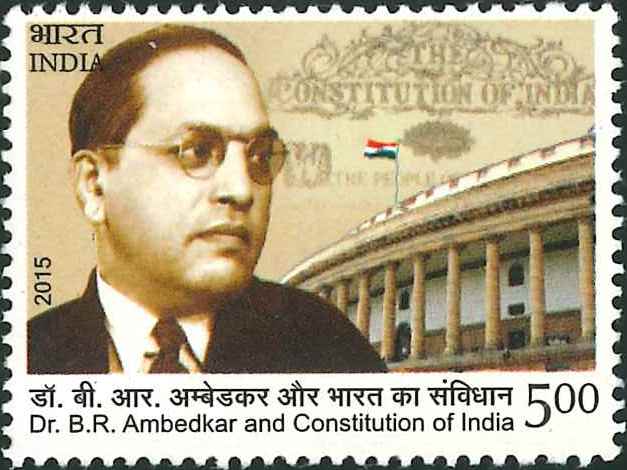
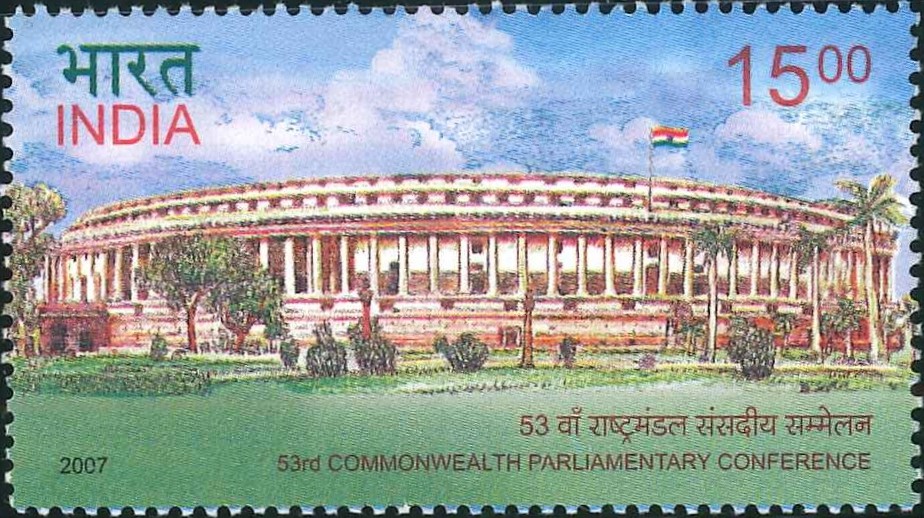
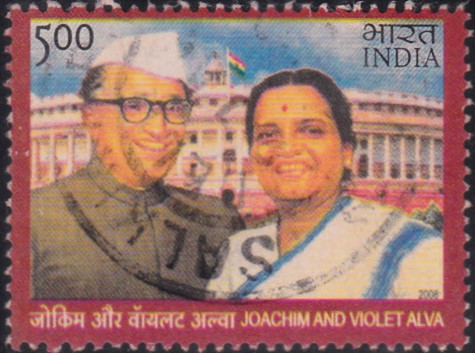
[…] Our tryst with destiny that began during the struggle for freedom did not end with the departure of the foreign rulers. Possession of State power was our first task because without that we could not chart our own path to achieve the national objectives. But State power by itself could not ensure achievement of our goal, “Purna Swaraj”. We sought to create a society where political, economic and spiritual freedom for the individual could be harmonized with the social objectives enshrined in our Constitution. […]